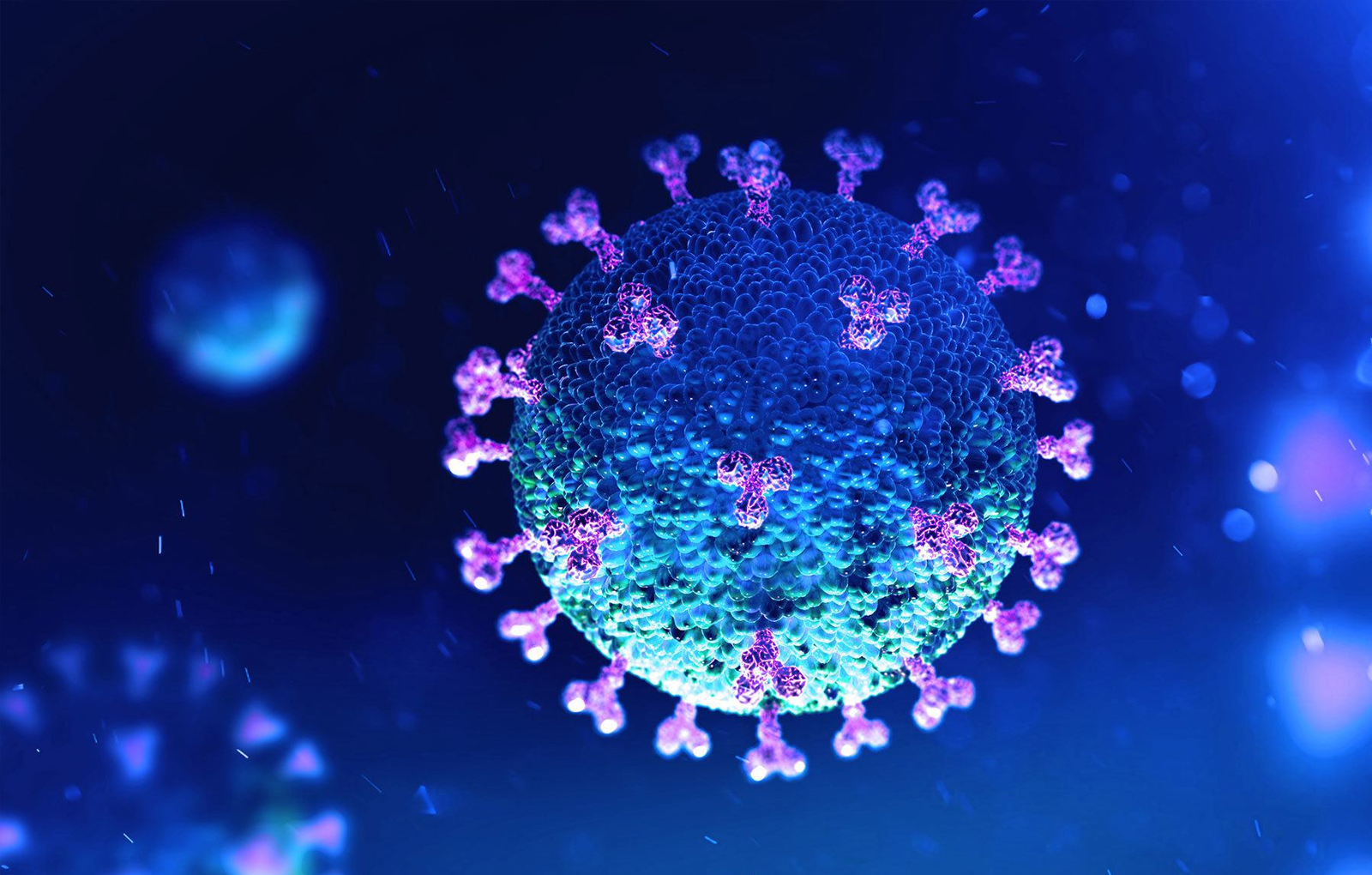
Regulatory Insights: New and Existing U.S. Expedited Development and Emergency Use Pathways for COVID-19 Programs

Sponsors are facing a myriad of changing regulations that are creating new challenges in accelerating drug development and access to needed medications. In this post, Charity M. Schuller, Pharm.D., MS, RAC, senior director of regulatory affairs, and Patricia Foti Mann, senior director of U.S. regulatory solutions, discuss regulatory pathways available from the U.S. Food and Drug Administration (FDA) to sponsors and patients to facilitate treatment access during the COVID-19 pandemic in the United States. We will explore similar pathways in other geographic regions and countries in an upcoming post.
Current regulatory pathways for expediting treatment options
- Expanded access or treatment investigational new drug application (IND)1
These programs, also known as “compassionate use” INDs, can be used for the treatment of patients with investigational products when there is no other treatment alternative. There are four requirements that must be met before a treatment IND can be issued: 1) the drug is intended to treat a serious or immediately life-threatening disease; 2) there is no satisfactory alternative treatment available; 3) the drug is already under investigation or trials have been completed; and 4) the trial sponsor is actively pursuing marketing approval. Treatment IND studies require prospective investigational review board (IRB) review and patient informed consent.
As an example, CytoDyn Inc., submitted a request to the FDA in May of this year to grant expanded access to make leronlimab, a novel humanized monoclonal antibody, available for patients not eligible for participation in its two ongoing clinical trials for coronavirus infections. CytoDyn is currently enrolling patients in two clinical trials for COVID-19, a Phase II randomized clinical trial for mild-to-moderate COVID-19 population and a Phase IIb/III randomized clinical trial for severe and critically ill COVID-19 population. CytoDyn also submitted a biologics license application (BLA) in April of this year to seek FDA approval for leronlimab as a combination therapy for highly treatment-experienced HIV patients.2
- Convalescent Plasma Expanded Access Program3
The FDA also has facilitated the availability of a nationwide expanded access protocol at https://www.uscovidplasma.org/family for the use of COVID-19 convalescent plasma as a treatment option. This site lists eligibility criteria and instructions on how physicians and patients can apply to participate. A physician also may request a single patient emergency IND (eIND) for the individual patient to receive COVID-19 convalescent plasma. Applications submitted via email to the FDA on Form FDA 3926 between 8 a.m. EST and 8 p.m. EST will receive a response within four hours. If accepted, a confirmatory email with the emergency IND number will be sent. Requests after hours should be made via telephone to the FDA’s Office of Emergency Operations at +1 866 300 4374 for verbal approval, which must be followed by an expanded access application within 15 working days of the FDA’s authorization of use. - Emergency Use Authorization (EUA)4
FDA’s Emergency Use Authorization pathway allows for the unapproved use of an approved medical product, or the use of an investigational unapproved product, to diagnose or treat COVID-19 patients. EUAs are granted based on data showing that the product “is or may be effective” in diagnosing or treating COVID-19, and the benefit-risk profile of the proposed diagnostic or treatment is acceptable. As of June 1, 2020, the FDA has issued 154 device EUAs for diagnostic tests and four drug EUAs, including hydroxychloroquine/chloroquine and remdesivir.
It should be noted that remdesivir from Gilead Sciences, Inc., was initially available via compassionate use as of January 25, 2020, and was subsequently granted EUA by FDA on May 1, 2020.5,6 The EUA allows for much broader and expedient use of remdesivir throughout the U.S. to treat both children and adults who are suspected or diagnosed with severe COVID-19 disease. Drug developers are now exploring the potential use of other therapeutic drug products in combination with remdesivir for COVID-19.
New pathways to provide expedited review of potential therapies for the COVID-19 pandemic
- Coronavirus Treatment Acceleration Program (CTAP)7: The FDA established the CTAP in May of this year to expedite the development of new COVID-19 treatments and vaccines. CTAP allows for immediate triaging of requests from companies developing these treatments to the appropriate review division staff. It also allows for rapid prioritization of the review of these programs based on scientific merit and stage of development of the proposed treatments that can be submitted via a dedicated CTAP mailbox (COVID19-productdevelopment@fda.hhs.gov). A key feature of the program is accelerated review of protocols and processing of meeting requests.
The FDA has advised that sponsors initiate COVID-19 drug development discussions under a pre-IND meeting request, instead of a pre-emergency use authorization (pre-EUA) request. The FDA has recently shared its guidance document, COVID-19 Public Health Emergency: General Considerations for Pre-IND Meeting Requests for COVID-19 Related Drugs and Biological Products May 2020.
The FDA encourages interested sponsors to submit a pre-IND meeting request with specific questions and “key information” in the briefing package as a single submission to ensure proper evaluation and timely response. The FDA response to most requests will be a written response only. This approach streamlines review of the subsequently submitted new IND for a COVID-19 specific indication. COVID-19 protocols should not be submitted as amendments to existing INDs already “in effect” for other indications.
The FDA guidance provides a helpful outline of the expected content to support a rapid review of the pre-IND evaluation and the proposed clinical protocol, as outlined in the following table.
| Content | Details |
|---|---|
| Pre-IND evaluation | Definition of specific indication (treatment or prevention), dosage form, dosing schedule, formulation, route of administration, available pharmacokinetic, clinical, nonclinical and toxicology data, clinical data, and relevant literature references |
| Proposed clinical protocol | Detailed justification for the overall design, proposed dose, dosing range, number of doses, dose interval, inclusion and exclusion criteria, endpoint(s), safety assessments, and statistical analysis plan |
As noted by the FDA, if a drug can be considered for distribution under an EUA, beginning discussion with the agency under a pre-IND meeting request does not preclude submission of an EUA request to the FDA in the future when sufficient data is available regarding the safety profile and risk versus benefit.
Rising to the challenge
The current stress testing of clinical trials is allowing for all involved in clinical development, including regulatory authorities, to respond with more efficient, reliable pathways and processes to speed access to critically needed therapies. The FDA and drug developers have risen to the challenge by working around the clock to address these unprecedented, pandemic-driven needs. Regulatory teams with in-depth understanding of how to expedite COVID-19 treatment options within the U.S. regulatory framework can be a valuable resource to support this effort.
For more information or to discuss any of these ideas, please contact PPD’s regulatory intelligence policy and advocacy team at
Interested in other ways PPD helps with COVID-19 clinical development?
